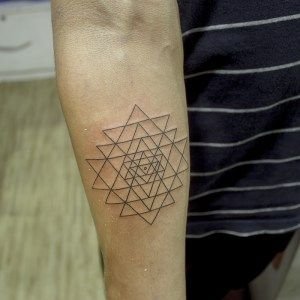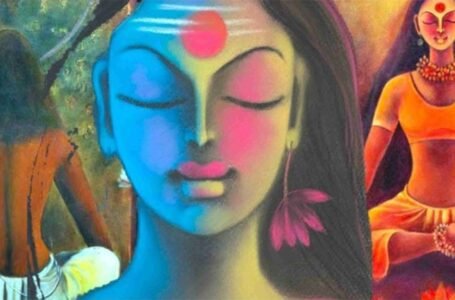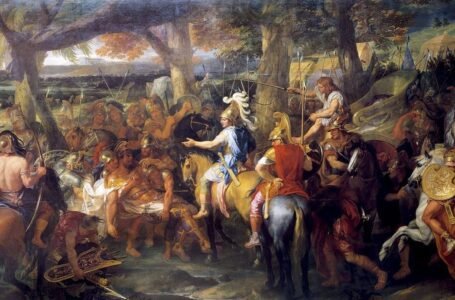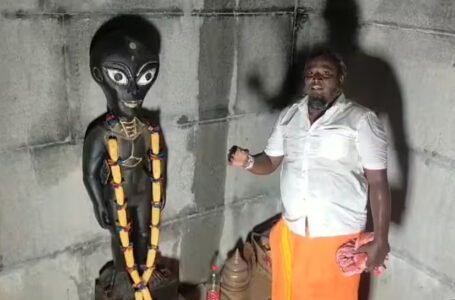Modern Indian Tattoo Artists: Blending Tradition with Contemporary Styles

India, a country rich in historical traditions and cultural legacy, has long served as a wellspring of creativity for artists all over the world. A fresh generation of modern Indian tattoo artists has developed in recent years, flawlessly fusing traditional Indian patterns with contemporary motifs to produce striking and alluring body art. This blending of history and innovation has changed the face of Indian tattoo art and won it acclaim on a global scale. This article will highlight the work of brilliant modern Indian tattoo artists who are advancing this kind of art. With an increase in modern Indian tattoo artists who are reshaping the landscape of this ancient art form, the world of tattoo art has seen a remarkable transition in recent years. By fusing traditional Indian motifs with cutting-edge techniques, these tattoo artists are bridging the gap between tradition and contemporary to produce magnificent and culturally significant tattoos. We will highlight some great modern Indian tattoo artists in this post who are influencing the changing field of Indian tattoo art.
Bringing back tribal art:
Veer Hegde, who established the “Eternal Expression Tattoo Studio” in Bangalore, is one of the pioneers of modern Indian tattoo art. Veer’s artwork is strongly influenced by traditional Indian art, notably tribal patterns. He finds inspiration in several tribal groups in India, such as the Warli, Gond, and Lambadi tribes. Veer is known for having elaborate tattoo designs with strong black lines that depict stories from tribal legends and ancient mythology. His work masterfully combines the mystical and spiritual elements of tribal art with a contemporary tattooing method.
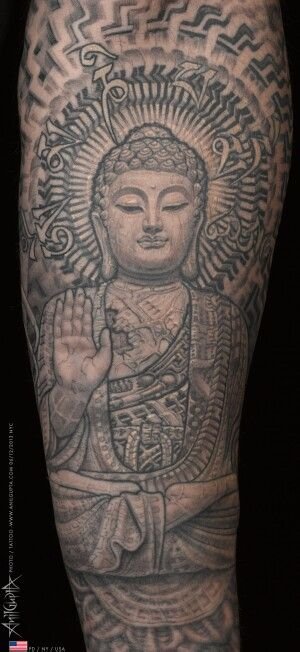
Anil Gupta, The Mehendi Master:
Indian culture has long included mehendi, the practice of putting henna on the skin in elaborate designs. Mehendi designs have been taken to a whole new level by tattoo artist Anil Gupta of Delhi by merging them into modern tattoo art. His specialty is converting conventional mehendi designs into gorgeous tattoos that perfectly reflect the beauty and elegance of Indian aesthetics. Anil pays respect to the timeless beauty of Indian mehendi art by frequently using delicate flower, paisley, and peacock patterns in his artwork.
Urban Street Style with Mikey Monteiro:
While many modern Indian tattoo artists take their cues from the country’s rich cultural legacy, others include elements of urban street flair into their designs. Mumbai-based Mikey Monteiro is a perfect illustration of this combination. He creates a distinctive and vivid style by skillfully fusing inspirations from graffiti and street art with traditional Indian motifs. In Mikey’s tattoos, gods and goddesses are frequently embellished with graffiti-style trinkets, fusing traditional spirituality with contemporary urban culture.
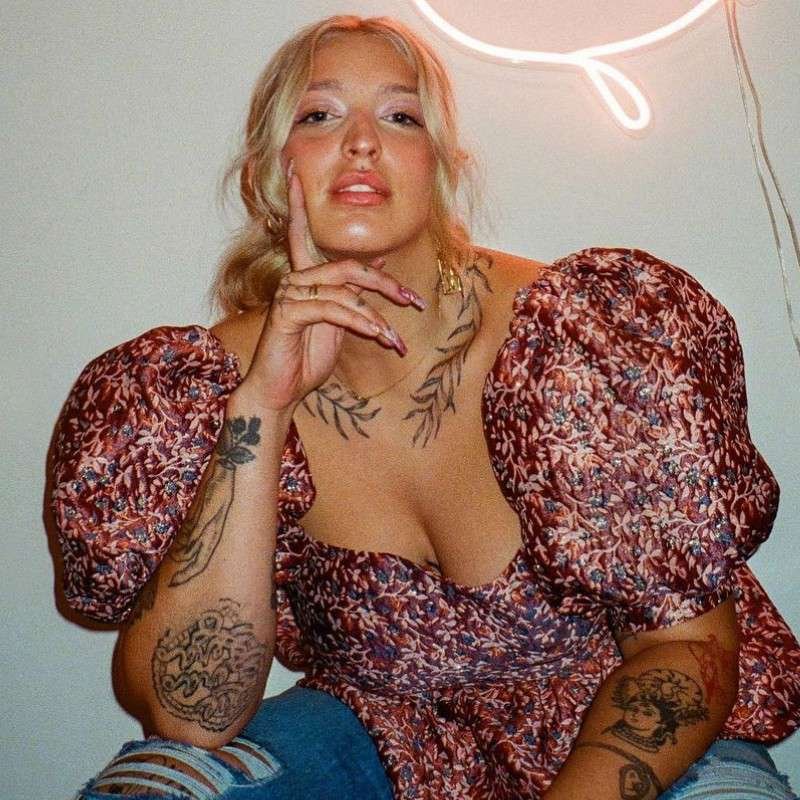
Mira Mariah: The Goddess of the Henna
The tattoo artist Mira Mariah, who is of Indian ancestry, is well-known across the world for her cutting-edge methods. She is a New York-based artist who has combined the allure of henna into her creations. For those who have had henna, Mira’s tattoos bring back memories as they are exact replicas of the elaborate henna designs frequently seen at Indian weddings and celebrations. Her creations serve as a tribute to the timeless allure of Indian henna and its capacity to cross-cultural barriers.

Bringing together the past and future, Sunny Bhanushali:
The originator of “Aliens Tattoo” in Mumbai, Sunny Bhanushali, is well known for his skill in seamlessly fusing the past and present. His creations frequently combine future features like biomechanical detailing and cybernetic advancements with traditional Indian patterns. The evolution of Indian culture and its acceptance of technology while maintaining a strong connection to its roots may be seen in Sunny’s art.
Reshma Barve: Elegant Femininity
Tattoo artist Reshma Barve, who works out of Pune, is an expert at portraying the essence of feminine beauty in her artwork. Her paintings frequently include graceful and elegant depictions of mythological women and Indian goddesses. Reshma’s tattoos are a celebration of women, and their elaborate patterns and striking color schemes give conventional depictions of female goddesses a modern twist.

The master of realism is Vikas Malani:
The co-founder of “BodyCanvas Tattoos” in Mumbai, Vikas Malani, is renowned for his superb realism tattoos. While traditional Indian designs may seem a world away from realism, Vikas has successfully incorporated Indian aspects. His depictions of Indian leaders like Mahatma Gandhi and Rabindranath Tagore demonstrate his commitment to using tattoo art to preserve India’s rich past.
Conclusion:
By effortlessly fusing traditional Indian motifs with contemporary trends, current Indian tattoo artists are revolutionizing the art form. These gifted tattoo artists are helping to shape the changing landscape of Indian tattoo art, whether it be through tribal art, mehendi patterns, street style, or a mix of the past and present. Their work not only honors India’s rich cultural past but also popularizes it throughout the world, leaving a lasting impression on the tattoo art community. We can only anticipate continued growth and development of Indian tattoo art as these artists push limits and venture into uncharted territory, securing its position on the world stage.
They were able to combine traditional Indian motifs with contemporary tattooing methods, creating a dynamic and ever-evolving body of work known as Indian tattoo art. From Anika Chauhan’s inspiring representations of gods to Manjeet Singh’s exquisite mehndi-inspired patterns, these artists are pushing the bounds of innovation while respecting the traditional traditions of their trade. Each in his special style, Karthik Prabhu, Shreya Rose, and Amit Kumar add to the rich tapestry of Indian tattoo art, displaying the variety and beauty of the country’s culture. These tattoo artists are proof of the lasting attraction of traditional Indian patterns and the virtually endless possibilities of modern tattoo art as they continue to make their mark on the international tattooing arena. Their work’s blend of tradition and contemporary is evidence of Indian culture’s ongoing evolution and its continuing effect on the field of art and expression.
